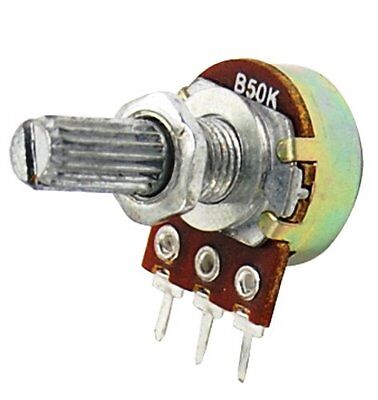HandyGringo
Well-Known Member
Sorry this is probably a stupid question, but I've bought a dimmer before and it didn't work as intended. So I was wondering if there's a specific kind you should be getting for your grow lights?
I have a Northern grow lights Photon 180w LED and it has a dimmer on the side but it doesn't seem to work properly, if I turn it all the way down it goes to full power and if I turn it the other way it slightly dims and then goes to full power at the other end of the dial as well.
So I was wondering what specifically I should be looking for in a dimmer, to ensure it works properly. (Is it even safe to dim lights like that externally?)
(The last dimmer I bought only worked half the time and would turn off the light and/or intake fan entirely when I tried to dim it)
I have a Northern grow lights Photon 180w LED and it has a dimmer on the side but it doesn't seem to work properly, if I turn it all the way down it goes to full power and if I turn it the other way it slightly dims and then goes to full power at the other end of the dial as well.
So I was wondering what specifically I should be looking for in a dimmer, to ensure it works properly. (Is it even safe to dim lights like that externally?)
(The last dimmer I bought only worked half the time and would turn off the light and/or intake fan entirely when I tried to dim it)






 Just the ohm? Or is there something else?
Just the ohm? Or is there something else? 

